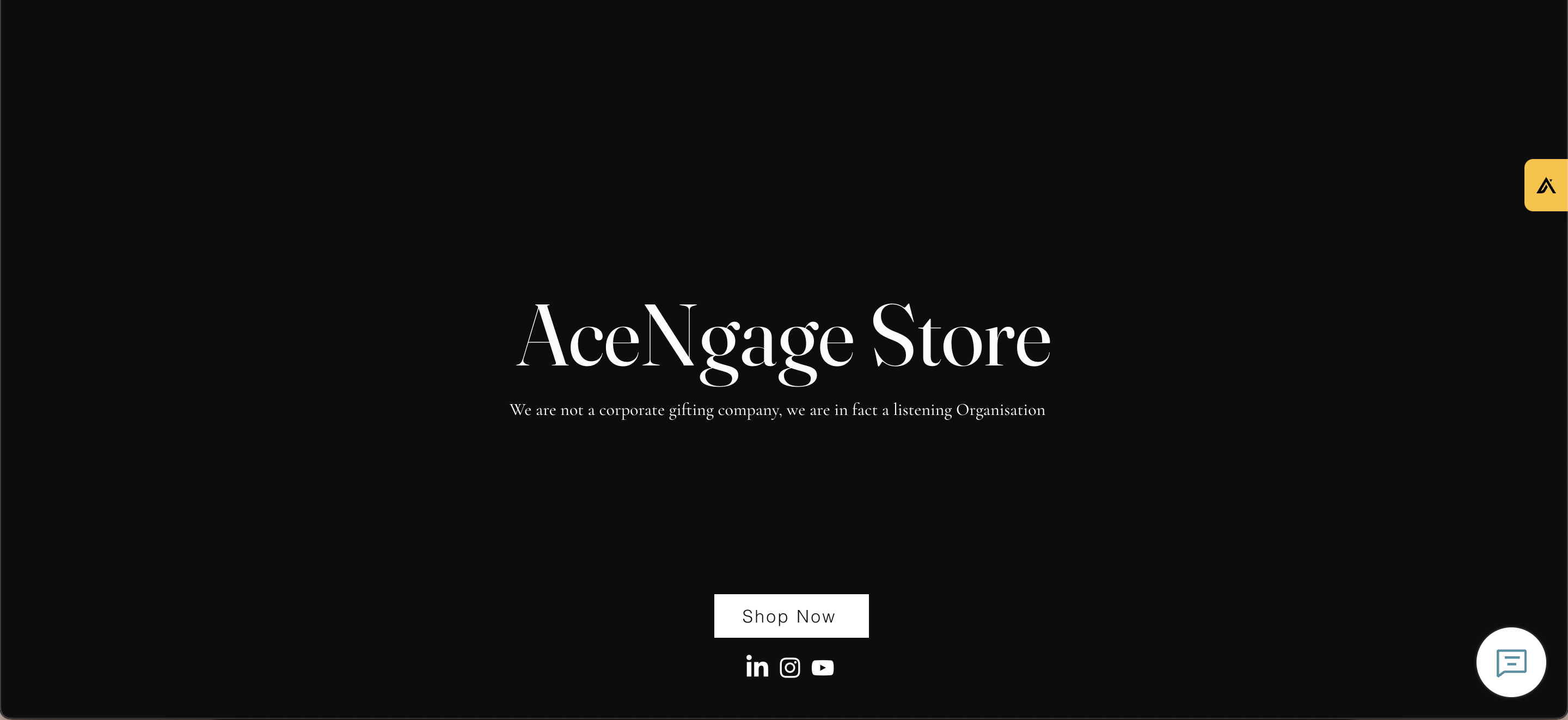In the ever-evolving landscape of modern workplaces, the term “employee engagement” has transcended the realm of buzzwords, emerging as a critical factor in organizational success. Beyond the surface-level connotations, employee engagement signifies a profound commitment and emotional connection to an organization’s goals. This article delves beyond the buzz and explores practical approaches to foster collaboration through strategic engagement, incorporating quotes, real-world examples, and case studies.
Understanding Employee Engagement
Employee engagement is a multifaceted concept that extends beyond mere job satisfaction. It encapsulates a deep emotional commitment, job satisfaction, and a sense of belonging to the organization. Leaders play a pivotal role in shaping engagement levels, with factors like communication, leadership, and growth opportunities influencing the overall work experience
“Employee engagement is about more than perks and benefits; it’s about creating an environment where individuals feel inspired and connected to the larger purpose of the organization.”
– Sarah Johnson, HR Expert
Strategic Approaches to Employee Engagement
To cultivate employee engagement, organizations need a strategic approach that goes beyond superficial gestures. Establishing a culture of trust, providing skill development opportunities, recognizing achievements, and fostering open communication channels are strategic pillars that create an environment where employees feel valued.
Example, XYZ Corporation implemented a leadership development program, empowering employees with the skills and confidence to take on challenging roles. This not only boosted engagement but also enhanced the overall leadership capabilities within the organization.
Employee Engagement Activities
Engagement is not a one-time effort but an ongoing process. Creative team-building exercises, wellness programs, continuous learning opportunities, and regular feedback mechanisms are essential activities that contribute to a positive and engaging workplace culture.

“Engagement is a journey, not a destination. It’s the small, consistent efforts that make a lasting impact on employee morale and satisfaction.”
– David Miller, Workplace Consultant
Colleague Engagement Activities
Colleague engagement is equally vital. Building strong interpersonal relationships, engaging in collaborative projects, organizing social events, and implementing mentoring programs enhance the sense of community and teamwork.
Case Study:
At Tech Innovations Ltd., the introduction of a mentorship program significantly improved colleague engagement. New hires reported feeling more connected to the team, resulting in increased collaboration and a sense of belonging
Employee Development Initiatives
Investing in employee development is a cornerstone of engagement. Training programs, career advancement opportunities, personalized development plans, and fostering a learning culture contribute to the continuous growth of employees.
Measuring Employee Engagement
To gauge the success of engagement efforts, organizations must employ effective measurement tools. Surveys, feedback mechanisms, and analyzing qualitative and quantitative data provide valuable insights into engagement levels.
Addressing Challenges in Employee Engagement
Identifying and addressing challenges is crucial for sustained engagement. Common obstacles include poor communication, lack of recognition, and limited growth opportunities. Implementing corrective measures and creating a supportive work environment can overcome these challenges.
Example, After conducting a comprehensive employee survey, Global Solutions Inc. identified communication gaps as a significant challenge. They implemented regular town hall meetings and enhanced internal communication channels, resulting in improved engagement and a more informed workforce.
The Impact of Employee Engagement on Organizational Success
Organizations that prioritize employee engagement witness numerous benefits, including increased productivity, enhanced innovation, reduced turnover rates, and higher employee satisfaction. The impact ripples through all aspects of organizational success.

Case Study, In a landmark case study, MegaCorp saw a 20% increase in productivity after implementing a holistic employee engagement strategy. The organization attributed this surge to improved morale and a more collaborative work environment.
Case Studies: Successful Employee Engagement Implementations
Real-world examples showcase the effectiveness of strategic engagement. Examining case studies provides valuable insights and allows organizations to adopt lessons learned and best practices.
Case Study 1, Company A, facing high turnover rates, implemented a comprehensive employee engagement program, including mentorship initiatives and flexible work arrangements. Within a year, turnover rates decreased by 30%, and employee satisfaction soared.
Case Study 2, Startup B prioritized communication and recognition, resulting in a more transparent and appreciative work culture. The positive impact was evident in increased creativity and a faster pace of innovation.
Conclusion
In conclusion, employee engagement is not just a passing trend; it’s a strategic imperative for organizations seeking long-term success. By focusing on practical approaches, incorporating the wisdom of industry experts, and fostering a culture of engagement, companies can elevate collaboration and create a workplace where employees not only survive but thrive.










